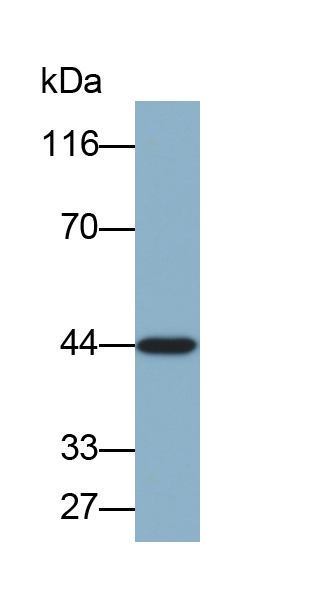Biotin-Linked Monoclonal Antibody to Aspartate Aminotransferase (AST)
cCAT; AAT; ASAT; SGOT; GOT1; Cysteine transaminase, cytoplasmic; Transaminase A; Aspartate Transaminase 1,Cytoplasmic; Glutamic-Oxaloacetic Transaminase 1,Soluble
- Product No.LAB214Hu72
- Organism SpeciesHomo sapiens (Human) Same name, Different species.
- SourceAntibody labeling
- Ig Isotype IgG
- PurificationProtein A + Protein G affinity chromatography
- LabelBiotin
- Original Antibody MAB214Hu21-Monoclonal Antibody to Aspartate Aminotransferase (AST)
- Buffer Formulation0.01M PBS, pH7.4, containing 0.05% Proclin-300, 50% glycerol.
- TraitsLiquid
- Concentration1mg/mL
- Organism Species MoreRattus norvegicus (Rat)
- ApplicationsWB
If the antibody is used in flow cytometry, please check FCM antibodies. - Downloadn/a
- UOM 20µl100µl 200µl 1ml 10ml
- FOB
US$ 116
US$ 271
US$ 387
US$ 968
US$ 3870
For more details, please contact local distributors!
SPECIFITY
The antibody is a mouse monoclonal antibody raised against AST. It has been selected for its ability to recognize AST in immunohistochemical staining and western blotting.
USAGE
Western blotting: 0.5-2ug/ml
Immunocytochemistry in formalin fixed cells: 5-20ug/ml
Immunohistochemistry in formalin fixed frozen section: 5-20ug/ml
Immunohistochemistry in paraffin section: 5-20ug/ml
Enzyme-linked Immunosorbent Assay: 0.05-2ug/ml
Optimal working dilutions must be determined by end user.
STORAGE
Store at 4°C for frequent use. Stored at -20°C in a manual defrost freezer for two year without detectable loss of activity. Avoid repeated freeze-thaw cycles.
STABILITY
The thermal stability is described by the loss rate. The loss rate was determined by accelerated thermal degradation test, that is, incubate the protein at 37°C for 48h, and no obvious degradation and precipitation were observed. The loss rate is less than 5% within the expiration date under appropriate storage condition.
GIVEAWAYS
INCREMENT SERVICES
-
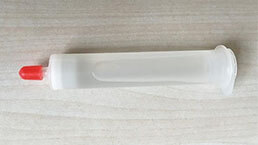 Protein A/G Purification Column
Protein A/G Purification Column
-
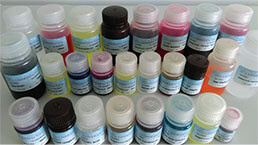 Staining Solution for Cells and Tissue
Staining Solution for Cells and Tissue
-
 Positive Control for Antibody
Positive Control for Antibody
-
 Tissue/Sections Customized Service
Tissue/Sections Customized Service
-
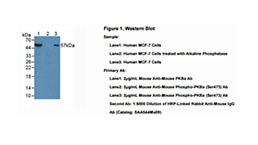 Phosphorylated Antibody Customized Service
Phosphorylated Antibody Customized Service
-
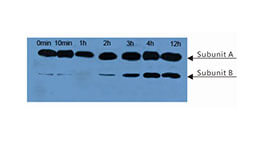 Western Blot (WB) Experiment Service
Western Blot (WB) Experiment Service
-
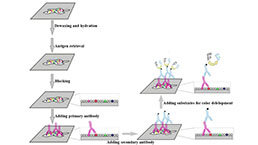 Immunohistochemistry (IHC) Experiment Service
Immunohistochemistry (IHC) Experiment Service
-
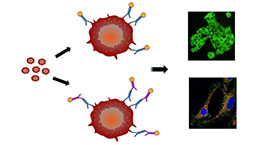 Immunocytochemistry (ICC) Experiment Service
Immunocytochemistry (ICC) Experiment Service
-
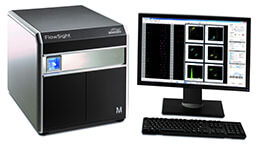 Flow Cytometry (FCM) Experiment Service
Flow Cytometry (FCM) Experiment Service
-
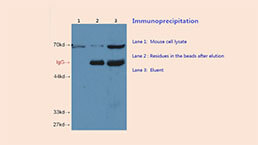 Immunoprecipitation (IP) Experiment Service
Immunoprecipitation (IP) Experiment Service
-
 Immunofluorescence (IF) Experiment Service
Immunofluorescence (IF) Experiment Service
-
 Buffer
Buffer
-
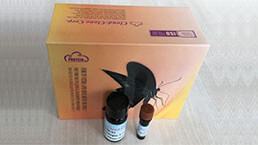 DAB Chromogen Kit
DAB Chromogen Kit
-
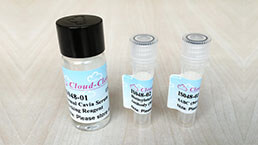 SABC Kit
SABC Kit
-
 Real Time PCR Experimental Service
Real Time PCR Experimental Service
| Magazine | Citations |
| Kidney International | Adrenocorticotropic hormone ameliorates acute kidney injury by steroidogenic-dependent and -independent mechanisms PubMed: PMC3612362 |
| Proceedings of the National Academy of Sciences | Pathogenesis of emerging severe fever with thrombocytopenia syndrome virus in C57/BL6 mouse model PubMed: PMC3382536 |
| African Journal of Pharmacy and Pharmacology | Protective effect of Panax ginseng against N-acetyl-p-aminophenol-induced hepatotoxicity in rats Academicjournals: Source |
| Kidney International | Adrenocorticotropic hormone ameliorates acute kidney injury by steroidogenic-dependent and-independent mechanisms Pubmed: 23325074 |
| European Journal of Pharmacology | Protective effect of Et-1 receptor antagonist bosentan on paracetamol induced acute liver toxicity in rats ScienceDirect: S0014299914000235 |
| Journal of Immunology | The P2X1 Receptor Is Required for Neutrophil Extravasation during Lipopolysaccharide-Induced Lethal Endotoxemia in Mice Pubmed:25480563 |
| Gastroenterol Res Pract | Assessing the Effect of Leptin on Liver Damage in Case of Hepatic Injury Associated with Paracetamol Poisoning PubMed: 26697061 |
| Gastroenterol Res Pract. | Advanced Studies in Clinical and Experimental Research in Gastroenterology Pubmed:26955389 |
| Scientific Reports | Adiponectin protects the rats liver against chronic intermittent hypoxia induced injury throughAMP-activated protein kinase pathway. pubmed:27678302 |
| Biochimica et Biophysica Acta (BBA)-General Subjects | Modulation of gut microbiota contributes to curcumin-mediated attenuation of hepatic steatosis in rats pubmed:28341485 |
| Scientific Reports | Deletion of MCP-1 Impedes Pathogenesis of Acid Ceramidase Deficiency Pubmed:29379059 |
| FEBS Open Bio | A critical role of hepatitis B virus polymerase in cirrhosis, hepatocellular carcinoma, and steatosis Pubmed:29321963 |
| BMC Complementary and Alternative Medicine | Hepatoprotective activity of Erythrina× neillii leaf extract and characterization of its phytoconstituents Pubmed: 28095910 |
| laboratory investigation | Hepatic pathology and altered gene transcription in a murine model of acid ceramidase deficiency Pubmed: 31186526 |
| Brain Behavior and Immunity | Corticosterone-mediated microglia activation affects dendritic spine plasticity and motor learning functions in minimal hepatic encephalopathy Pubmed: 31437533 |
| Biomed Research International | Liraglutide Attenuates Nonalcoholic Fatty Liver Disease by Modulating Gut Microbiota in Rats Administered a High-Fat Diet Pubmed: 32149099 |
| Nanomaterials | Biological Safety and Biodistribution of Chitosan Nanoparticles Pubmed: 32340313 |
| European Journal of Biology | Effects of Tempol in Lipopolysaccharide-Induced Liver Injury |
| Pathogens | Antimalarial Effect of the Total Glycosides of the Medicinal Plant, Ranunculus japonicus 33925018 |
| Int Immunopharmacol | Taraxasterol mitigates Con A-induced hepatitis in mice by suppressing interleukin-2 expression and its signaling in T lymphocytes 34848154 |
| Acta Pharmacol Sin | NFAT inhibitor 11R-VIVIT ameliorates mouse renal fibrosis after ischemia-reperfusion-induced acute kidney injury 34937917 |
| J Magn Reson Imaging | Water Specific MRI T1 Mapping for Evaluating Liver Inflammation Activity Grades in Rats With Methionine‐Choline‐Deficient Diet‐Induced Nonalcoholic Fatty Liver … Pubmed:35212074 |
| Medcomm | Blockade of mIL‐6R alleviated lipopolysaccharide‐induced systemic inflammatory response syndrome by suppressing NF‐κB‐mediated Ccl2 expression and … Pubmed:35548710 |
| International Immunopharmacology | Dimethyl fumarate ameliorates autoimmune hepatitis in mice by blocking NLRP3 inflammasome activation Pubmed:35605433 |


